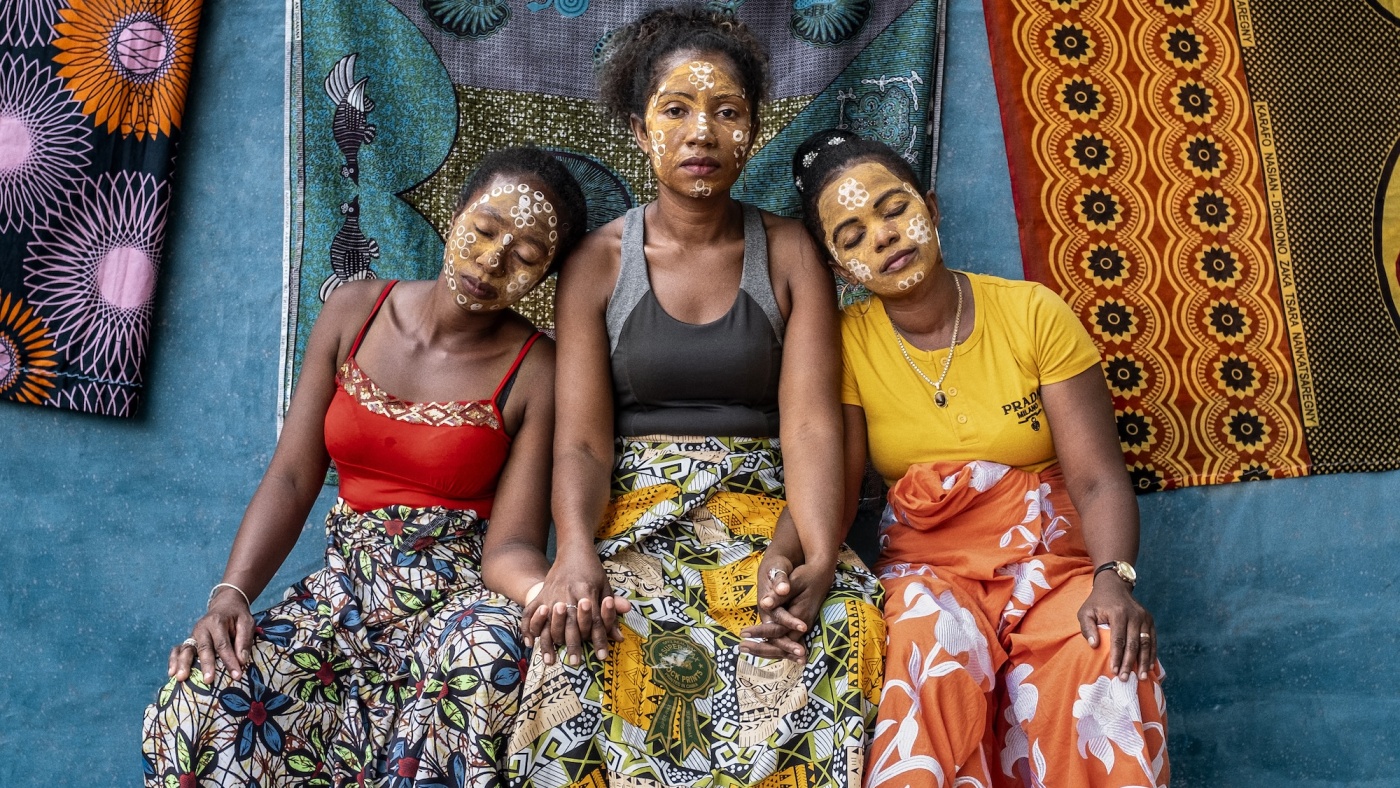The Courage to Be Seen: Women, Photography, and the Reclamation of Identity
The Power of the Lens
The act of being photographed, now a ubiquitous part of daily life, has not always been a neutral experience. For women, in particular, posing for a camera has often required significant courage. This courage stems from challenging societal norms, reclaiming cultural identity, or simply asserting one’s presence in a world that frequently sought to render them invisible. A recent series of photographs from Madagascar, widely reported across public media outlets, vividly illustrates this point. Women adorned with traditional cosmetic face masks deliberately chose to be photographed as a form of resistance and cultural preservation. This act, though seemingly simple, resonates with a broader historical narrative of women using photography to define themselves on their own terms.
Historical Context: Beyond Achievement, the Courage of Daily Life
The narrative of women’s courage in photography emphasizes that strength and dignity were not solely found in grand achievements but in the everyday lives of women navigating societal expectations. For generations, women were often defined by their roles within the domestic sphere, their identities subsumed by marital status or familial obligations. To simply *be* – to exist visibly and authentically – could be an act of defiance. Early photography, while often perpetuating these restrictive norms, also offered a nascent opportunity for women to control their own image, even within limited parameters.
The Power of Cultural Assertion: Madagascar and Beyond
The recent photographs of Malagasy women wearing *masikidy* (traditional face masks) exemplify a potent form of cultural assertion. The act of posing for the camera in this context is not about vanity or self-promotion; it’s a deliberate statement. It’s a refusal to allow a fading tradition to disappear, a reclaiming of beauty standards dictated by their own heritage, and a challenge to external perceptions. Sylvia Razanaparana, confidently facing the camera with a bucket on her head, underscores this point. Her gaze isn’t passive; it’s a direct engagement, a silent declaration of self-worth and cultural pride. This echoes broader themes of indigenous communities using photography to document and preserve their traditions in the face of colonization and globalization.
Women Behind the Lens: Redefining Representation
The courage to *be* photographed is significant, but the emergence of women as photographers fundamentally altered the landscape of visual representation. Early female photographers like Margaret Bourke-White broke barriers, becoming the first foreign photographer allowed to document Soviet industry and the first American female war photojournalist. Her work, and that of others, expanded the scope of photographic subject matter and challenged prevailing gender roles within the profession.
The “New Woman” photographers, as discussed in relation to exhibitions like “The New Woman Behind the Camera” at the Metropolitan Museum, were particularly groundbreaking. These women weren’t simply documenting the world; they were actively shaping its visual narrative. They explored themes of modernity, identity, and social change, often through a distinctly female lens. This shift in perspective was revolutionary, offering alternative representations to those traditionally crafted by male photographers.
Challenging Norms of Beauty and Gender
The courage to challenge conventional beauty standards is another recurring theme. Claude Cahun, a pioneering surrealist photographer, deliberately subverted expectations through self-portraits that questioned gender norms and societal definitions of beauty. Cahun’s androgynous appearance and direct gaze confronted viewers, forcing them to reconsider their preconceived notions. This willingness to look inwards, to explore and express one’s authentic self, requires a profound level of courage, as highlighted by contemporary photographers who similarly turn the camera on their own experiences.
The Evolution of Posing: From Necessity to Expression
The history of posing for photographs reflects societal shifts. Initially, posing was often a formal and restrictive affair, dictated by technical limitations and social conventions. Early mugshots, born out of the need for reliable identification, stripped individuals of agency and reduced them to mere data points. However, as photographic technology became more accessible and affordable, the act of posing evolved. It became less about necessity and more about self-expression, allowing individuals to curate their image and project a desired persona. This democratization of photography empowered women to take control of their own representation, moving beyond passive subjects to active participants in the creation of their visual identity.
Documenting Struggle and Resilience
Photography has also served as a powerful tool for documenting the struggles and resilience of women throughout history. Gerda Taro’s photographs of Republican militia women during the Spanish Civil War, for example, captured the courage and determination of women fighting for their beliefs. These images weren’t simply documenting a conflict; they were celebrating the agency and bravery of women in a time of upheaval. Similarly, contemporary photographers continue to use their work to shed light on the challenges faced by women around the world, amplifying their voices and advocating for social justice.
A Legacy of Courage: Looking Forward
The stories of these women – both in front of and behind the camera – form a powerful legacy of courage, resilience, and self-determination. From the Malagasy women reclaiming their cultural heritage to the pioneering female photographers who challenged artistic conventions, their actions demonstrate the transformative power of visual representation. The courage to be seen, to define oneself on one’s own terms, and to use photography as a tool for empowerment remains as relevant today as it ever was. The continued exploration of these narratives serves not only to honor the past but also to inspire future generations of women to embrace their own courage and shape their own stories.











